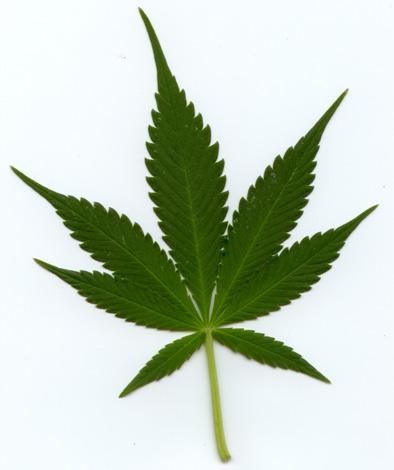Indica
Indica
One of the first things you will notice while browsing Cannapedia website is probably a color distinction dividing all the strains into three main categories: Indica, Sativa, and Hybrid. The original classification of cannabis strains as Indicas and Sativas dates back to the 18th century, when first Swedish biologist Carl Linné identified Sativa in 1737 and then French scientist Jean-Baptiste Lamarck described Indica in 1785.
What is the difference?
The most accepted way of distinguishing Indica and Sativa is by their appearance (or morphology in scientific terms): Indica plants are usually short, densely branched and have wider leaves. That is why pure Indicas or Indica dominant hybrids are well suited for indoor growing. Besides morphology, the two species are also believed to have different effects on users. The main effects of Indica should be relaxing, sedating (sometimes refered to as „couch locking“) and calming. However, no scientific study has so far confirmed these differences and effects, and there is some doubt about their accuracy as we are just beginning to understand the effects of individual cannabinoids and other compounds found in cannabis plants. Also, it is quite hard to find true 100percent Indica nowadays, because most strains on the market are hybrids.

